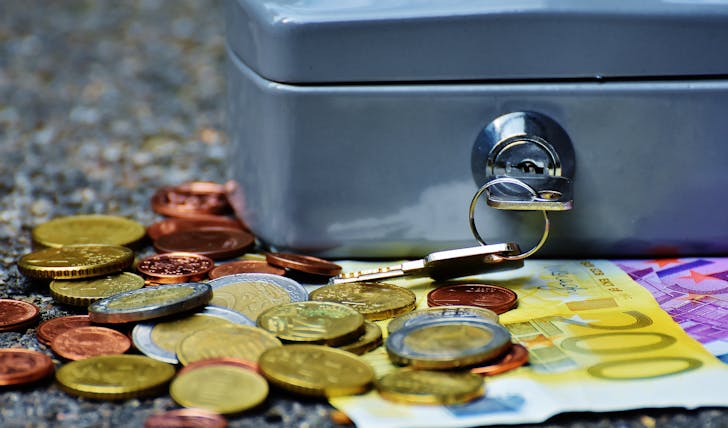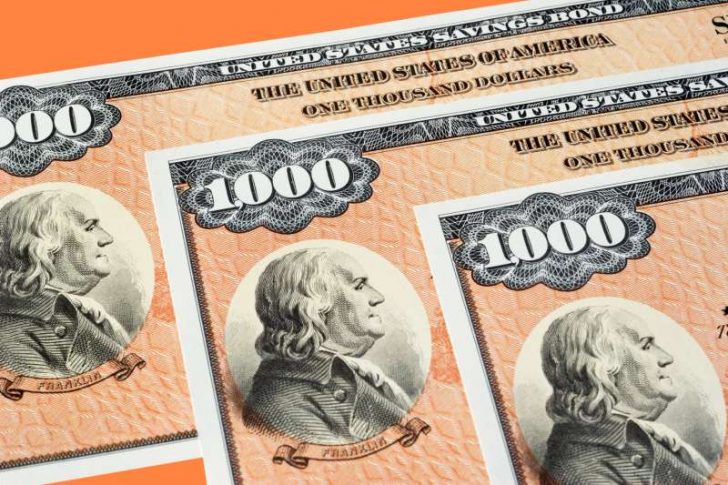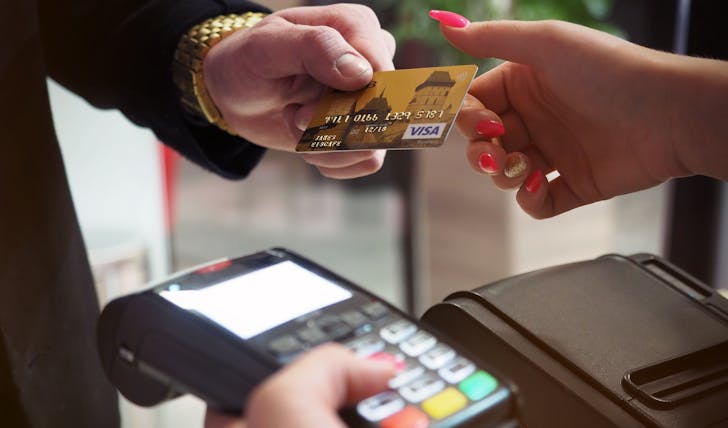Thanks to government backing, savings bonds are a risk-free way to save money over the long term. But there comes a time in every savings bond’s life when it must be cashed in. If you are sitting on this type of investment and wondering how to cash in savings bonds, you are in the right place.
This article is your go-to guide. It covers not just the steps to cash in but also sheds light on savings bonds and the best timing for cashing them in.
What Are Savings Bonds?
Before we explore the “how to cash in savings bonds” part, let’s understand what savings bonds are. In simple terms, savings bonds are debt securities issued by the government to support its spending.

The appealing part? They are nearly risk-free, as they’re backed by the government’s promise to pay back the principal plus interest. There are two primary types of savings bonds in the United States: Series EE and Series I bonds, each with its own unique features and interest-earning mechanisms.
When to Cash In
Timing is everything when it comes to cashing in your savings bonds. Ideally, you want to wait until they have matured to get the full benefit of the interest they have accrued. Cashing in too early could mean forfeiting some of that sweet, sweet interest. Plus, waiting too long might see you missing out on using those funds for other investment opportunities.
A simple, direct rule of thumb is to check the bond’s maturity date and ensure it has reached its full term. Also, consider your personal financial situation. Sometimes, immediate needs may necessitate cashing in earlier than planned.
How to Cash in Savings Bonds: A Step-By-Step Guide
Here’s a step-by-step guide to how to cash in savings bonds:
Verify Your Bonds’ Maturity

First things first, confirm that your savings bonds have matured or at least reached a point where cashing them in makes financial sense. You can do this by checking the issue date on the bond itself or using the TreasuryDirect website’s Savings Bond Calculator.
This initial step ensures you are not jumping the gun and losing potential earnings.
Gather Necessary Documentation
To cash in your savings bonds, you will need the actual bonds on hand if they are paper bonds. For electronic bonds, access to your TreasuryDirect account is a must.
Additionally, you will need a valid form of identification ready to verify your identity during the process.
Decide Where to Cash Them
You have a couple of options for where to cash in your savings bonds. Most local banks and credit unions can handle the redemption of paper savings bonds: Just call ahead to confirm.
For electronic bonds, the process is even simpler: Log into your TreasuryDirect account and follow the prompts to redeem them directly into your bank account.

Understand Taxes
Be aware that cashing in savings bonds is a taxable event. The interest earned is subject to federal income tax, though it is exempt from state and local taxes.
You will receive a Form 1099-INT from the bank or via your TreasuryDirect account detailing the interest earned for your tax records.
Cash In
At a bank, present your bonds and ID, and fill out any required paperwork. The bank will then process your bonds, and you will receive the cash value.
Through TreasuryDirect, after you have initiated the redemption, the funds will be deposited into your linked bank account within a few days.
